Buy the photo skating at the big wheels by anne droogsma on canvas, ArtFrame, poster and wallpaper, printed on demand in high quality.
About "skating at the big wheels"
by anne droogsma
About the artwork
De Groote Wielen[2] (Frisian and officially: Grutte Wielen) is a Natura 2000 area in the Dutch province of Friesland, designated on 14 March 2011[1], and located in the municipalities of Leeuwarden and Tietjerksteradeel, northeast of the city of Leeuwarden. The area is subject to the Habitats Directive and the Birds Directive.
It covers 609 hectares and consists of a number of sub-areas, mostly managed by It Fryske Gea. In addition to grasslands and marshes, the area contains the interconnected lakes Groote Wielen (Grutte Wielen), Houtwielen (Houtwiel), Sierdswiel and the basin of the former small river De Rijd (De Ryd).
History
The ponds in the area were created in the Middle Ages by floods of the former Middelzee and by drainage of the eastern raised bog area. Later, peat bogs and wetlands were formed by peat cutting. The site was reclaimed on the west and east sides as agricultural grassland (polders) and is managed as a meadow bird area. The polders and marshes also act as water storage for the Frisian bosom.
Subareas
Rijperkerksterpolder (Ryptsjerksterpolder)
Binnemiedepolder
Weeshuispolder (Weeshûspolder)
Koekoekspetten
Wielsicht
Buismans Duck Decoy (Buismans Einekoai)
Kobbe Duck Decoy (Kobbe Einekoai)
On Toutenburg
Special flora and fauna
Flora
Big rattle, Marsh saltgrass, Common water rush, Small glasswort, Bog moss, Common marshwort, Water creepweed, Water thistle, Wood rush, Crabgrass, Water violier, Large bladderwort, Small-headed glossy weed.
Fauna
Root vole, Common bat, Bittern, Marsh harrier, Yellow wagtail, Bearded reedling, Bittern, Bluethroat, Water rail, Reed warbler, Lesser warbler, Black-tailed godwit, Lapwing, Oystercatcher, Common moustache, Common redshank, Common redshank, Common redshank, Common redshank, Common redshank, Common redshank, Common redshank, Common

About anne droogsma
My name is Anne.
I regularly go out with my camera. I do so with great pleasure and always find gifts appearing on my screen.
This I want to share!..
Read more…
 Netherlands
Netherlands Ordered in October 2022
Ordered in October 2022
 Netherlands
Netherlands Ordered in January 2018
Ordered in January 2018
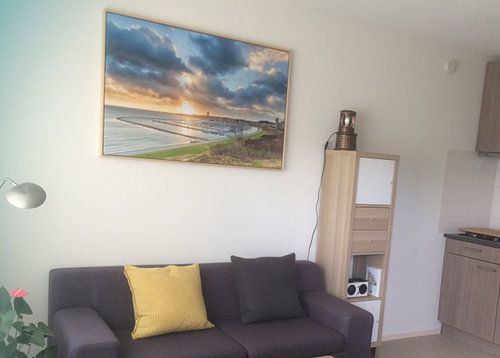
 Germany
Germany Ordered in March 2019
Ordered in March 2019
 Netherlands
Netherlands Ordered in August 2017
Ordered in August 2017
 Netherlands
Netherlands Ordered in May 2020
Ordered in May 2020
 Netherlands
Netherlands Ordered in August 2017
Ordered in August 2017
 Netherlands
Netherlands Ordered in November 2019
Ordered in November 2019
 Germany
Germany Ordered in October 2019
Ordered in October 2019
 Netherlands
Netherlands Ordered in May 2025
Ordered in May 2025
 Germany
Germany Ordered in September 2023
Ordered in September 2023
 Germany
Germany Ordered in May 2025
Ordered in May 2025
 Germany
Germany Ordered in March 2022
Ordered in March 2022
About the material
ArtFrame™
Interchangeable Art Prints
- High-quality print
- Easily interchangeable
- Acoustic function
- Large sizes available
Discover the artworks of anne droogsma
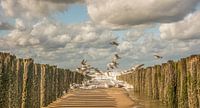 zoutelande 1anne droogsma
zoutelande 1anne droogsma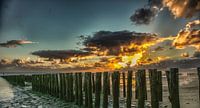 zoutelande sunsetanne droogsma
zoutelande sunsetanne droogsma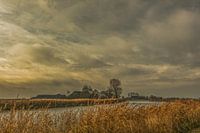 frieslandanne droogsma
frieslandanne droogsma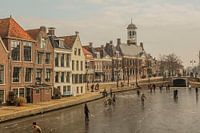 skating on the dockumer Ee in Dokkumanne droogsma
skating on the dockumer Ee in Dokkumanne droogsma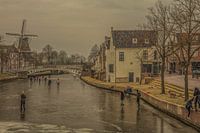 winter in Dokkumanne droogsma
winter in Dokkumanne droogsma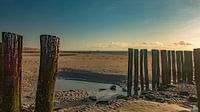 zeeland zoutelandeanne droogsma
zeeland zoutelandeanne droogsma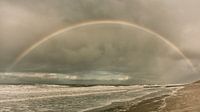 rainbow at oostkapelle zeelandanne droogsma
rainbow at oostkapelle zeelandanne droogsma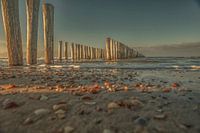 skyline zeelandanne droogsma
skyline zeelandanne droogsma bubbles in gentanne droogsma
bubbles in gentanne droogsma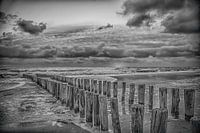 zoutelande in black and whiteanne droogsma
zoutelande in black and whiteanne droogsma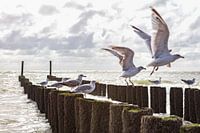 seagulls at salt countryanne droogsma
seagulls at salt countryanne droogsma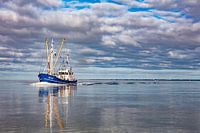 fishing boat at laurel eyeanne droogsma
fishing boat at laurel eyeanne droogsma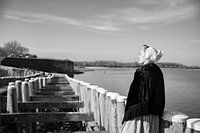 seagull girl in featheranne droogsma
seagull girl in featheranne droogsma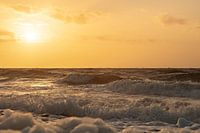 sea at salt countryanne droogsma
sea at salt countryanne droogsma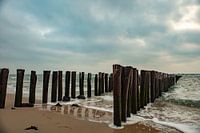 salt-land beach blue skyanne droogsma
salt-land beach blue skyanne droogsma bibleanne droogsma
bibleanne droogsma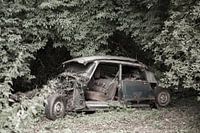 Citroën DS into the woodsanne droogsma
Citroën DS into the woodsanne droogsma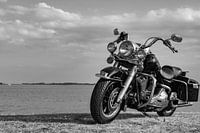 Harley Davidson in Black and Whiteanne droogsma
Harley Davidson in Black and Whiteanne droogsma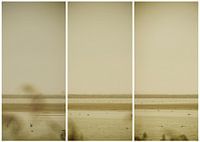 lauwersmeer triptych 24anne droogsma
lauwersmeer triptych 24anne droogsma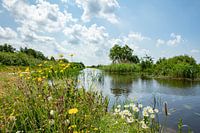 river linde friesland from Tronde to Kuinreanne droogsma
river linde friesland from Tronde to Kuinreanne droogsma
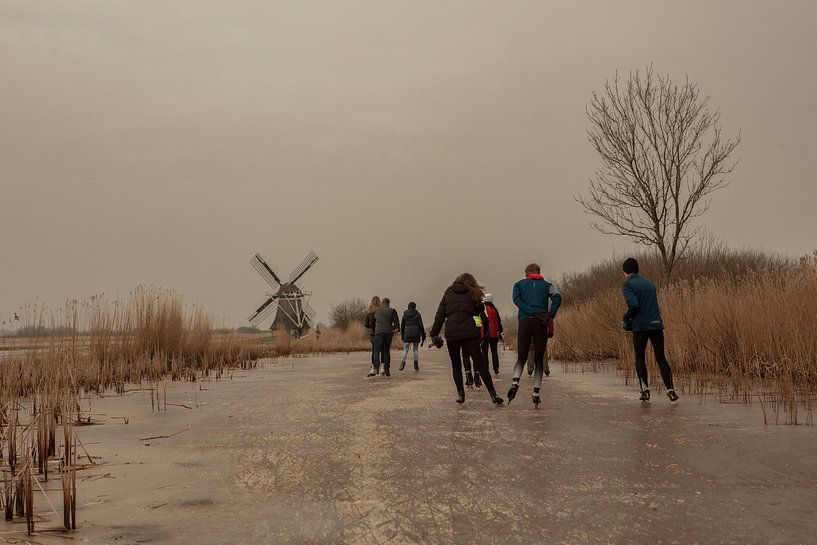

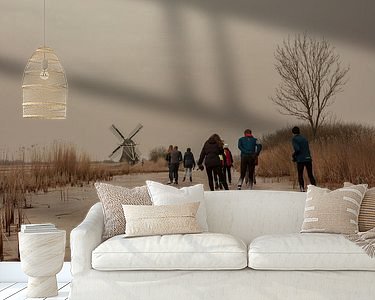
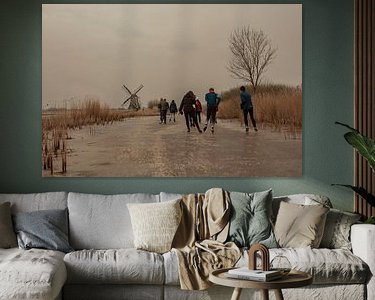

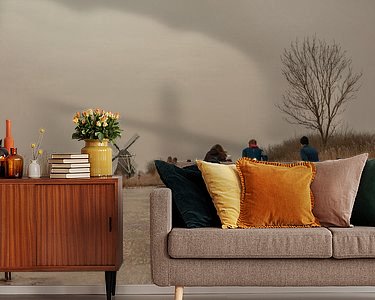
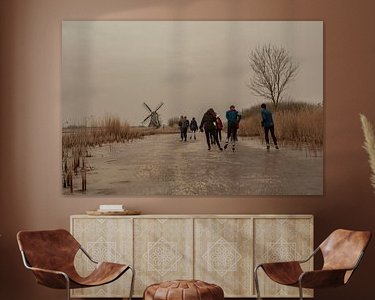
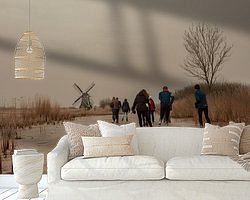
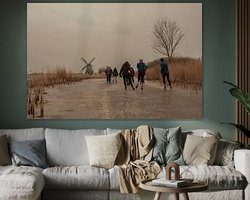
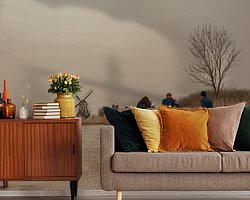
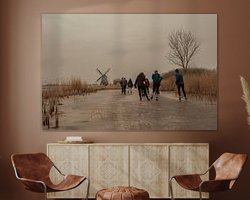
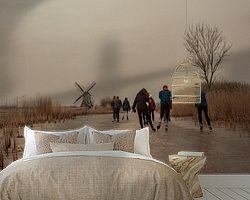
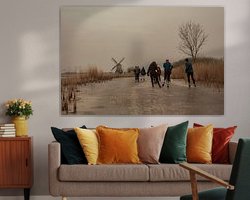
 Friesland
Friesland Ice
Ice Ice skating
Ice skating Mills
Mills Photo wallpaper
Photo wallpaper Photography
Photography Serene Peace
Serene Peace The Netherlands
The Netherlands









